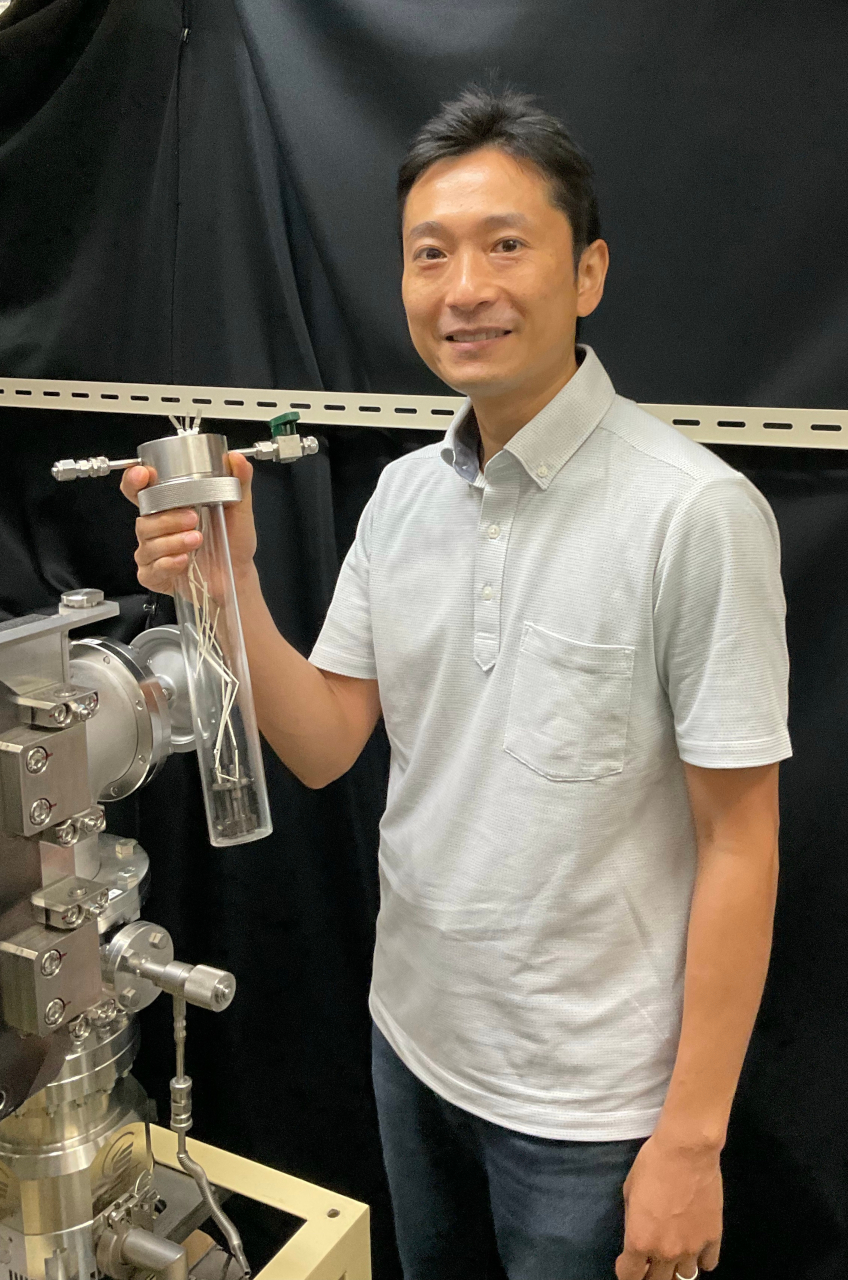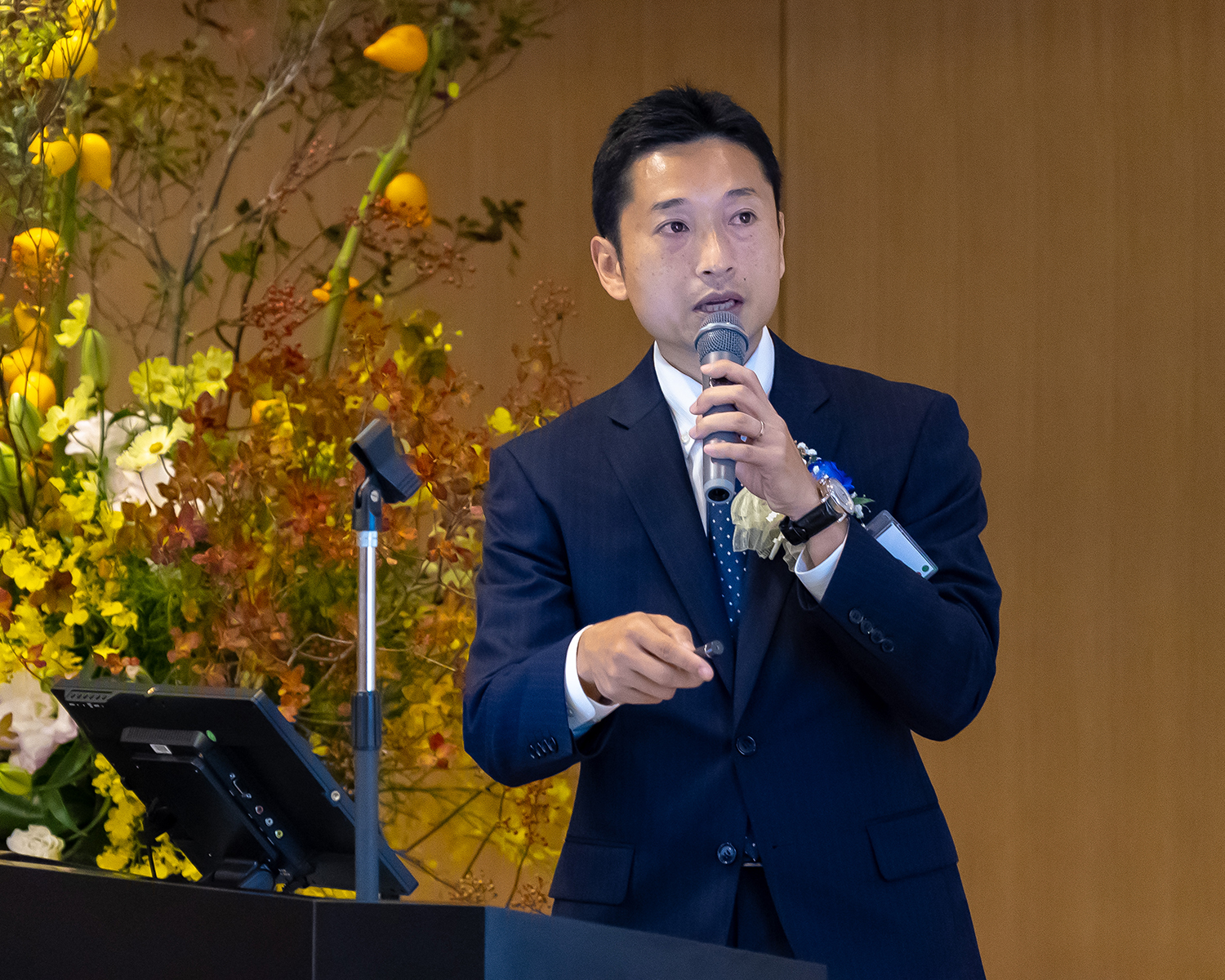Development of electrochemical techniques for defect engineering on advanced energy materials

Dr. Takashi Nakamura
Associate Professor
Institute of Multidisciplinary Research for Advanced Materials,
Tohoku University
*The organization and the title are those when awarded
Research summary
Highly efficient energy storage and conversion technologies, such as next-generation batteries and fuel
cells, are essential for realizing carbon neutrality. In energy materials, lattice defects* are regarded
as a source of their functionalities, and therefore, understanding the true role of defect species is
important. By applying coulometric titration* with an electrochemical cell* with a solid electrolyte,
Dr. Nakamura established a methodology to evaluate the defect formation mechanism, and clarified how
defect species are created and how they affect the functionality.
Furthermore, he has developed a defect control technique based on the above-mentioned technology to
utilize defects actively in material development. For instance, he succeeded to dramatically mitigate
the energy density degradation upon charge/discharge cycles by the introduction of oxygen defects into
energy storage materials. The technique has great potential for the establishment of a new concept for
the development of energy materials and innovations in energy storage and conversion technologies.
*Lattice defects: Disturbance of atomic arrangement in crystalline materials. Typical examples include vacancies, substituted ions, and interstitial ions.
*Coulometric titration: A method to evaluate a target substance by generating ions through electrolysis and measuring the amount of electric quantity required to complete the reaction between the generated ions and the target substance.
*Electrochemical cell: An apparatus for electrochemical measurements consisting of an electrolyte, a cathode, an anode, and others.
*Lattice defects: Disturbance of atomic arrangement in crystalline materials. Typical examples include vacancies, substituted ions, and interstitial ions.
*Coulometric titration: A method to evaluate a target substance by generating ions through electrolysis and measuring the amount of electric quantity required to complete the reaction between the generated ions and the target substance.
*Electrochemical cell: An apparatus for electrochemical measurements consisting of an electrolyte, a cathode, an anode, and others.






